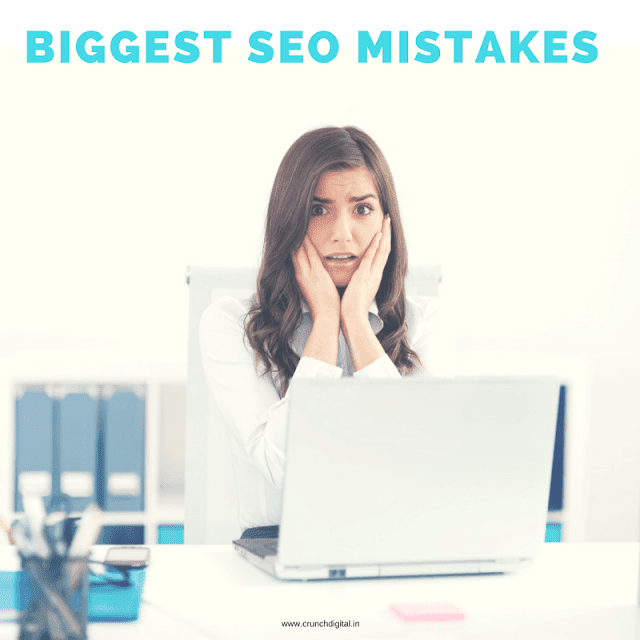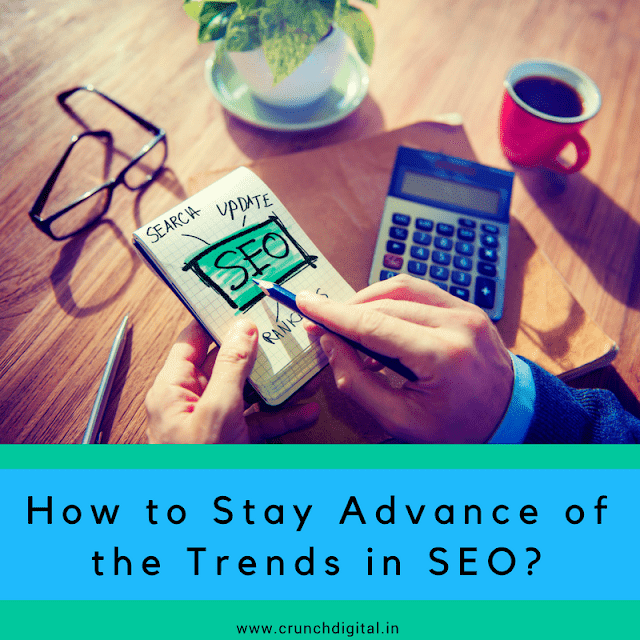What is one of the most useful tools for strengthening your relationship with prospects and customers so that you increase retention, repeat sales, and referrals?
Duh! You do not have to get surprised as most of them will be aware of email marketing.
To clarify, I am talking about email marketing to your own "house" list of prospects, not to a list you rent or buy.
When you use email marketing effectively to build rapport with your target audience, then three things will naturally happen:
Your sales team will spend less time selling because your prospects will be pre-sold on doing business with you which will reduce sales cycles and fewer costs per sale, which leads to more profit.
You can create leads and sales on demand. In other words, you will be in complete control to schedule and email promotions to any segment of your list, whenever you want. If you did not just have an "ah ha" moment, then read that sentence again.Email marketing is the only tactic that puts you in the driver seat to create leads and sales whenever you want.
You will build a "wall" around your customers to protect them from poachers. Every day your competitors are actively trying to poach your clients. If you are not investing in strengthening your customer relationships, then someday your competitors will swipe them. Repeatedly, email marketing is one of the best tools handy for building a healthy relationship to fend off your pesky competitors.
Of course, there is one little catch.
You Need a List of Email Addresses
I am going to infer you already have a list of prospects and customers. If you have been in business for any amount of time, then you do obtain a list.
Your listing might be in your head or on paper or concealed in an Excel file on an old, dusty desktop. Regardless, I am sure you have a list, and it is just a matter of pursuing it down.
For more notions for how you can build and grow your email list, read the three ways to make your list.
Let's focus on the five types of email promotions every small business can use.
1. The Warm Up
The first primary email campaign is for all the businesses out there that have a list of connections they haven 't emailed in a long time.
The Warm Up as you can probably guess gear towards warming up your "cold" list.
It is mandatory to do before you try to use one of the campaigns below unless you have continually stayed in touch with your list.
The goal of the Warm Up campaign is to reintroduce your business, provide context as to why you are reaching out, and explain how you will be following up with even more valuable emails in the future.
What should you send in your email?
A good ploy to use when running a Warm Up campaign is to break a survey to achieve feedback from your audience. Remember, the goal is to re-engage your audience, so you are not going to attempt to sell anything.
When done correctly, the Warm Up campaign will get your list handy and look ahead to your next email where you can kickoff to incorporate more sales tactics.
2. The Tee Up
A Tee Up campaign aims to "tee up" leads for your sales team.
At any given period there are leads on your email list who are ready to buy, and it is your job as a marketer to make it as easy as possible for them to raise their hand.
The Tee Up campaign does not directly ask for the sale. Instead, the email is positioned to help anyone who is in need for your product or service. The most basic example is to email out the question directly, "Are you still noticing for aid with your product or service?"
Anyone who retorts "Yes" is now a reengaged lead in your sales pipeline.
3. The Flash Sale
Just about everybody is familiar with the Flash Sale campaign because it is by far the most popular (and often overused). Anytime you get an email touting a limited-time sale; then you are involving a Flash Sale.
The grace of the Flash Sale is that you can generate sales on demand with the click of a button. Just type up the terms of your deal, select the segment of your list you need to email, click send, and relax as the orders come in*. :)
Again, I can 't emphasize enough the concern of your relationship with your contacts and customers. If you do not first create your link, then none of these campaigns will work for you.
4. The Referral
Every contact on your email list requires additional products and services that your business does not supply.
For example, Prospects on a broker's email list probably also need help finding a reputable moving company and an attorney. Although a real estate agent does not cater those services, he can bid those services to his email subscribers by forming a partnership with local businesses.
Once you establish your connections, then you can run a referral campaign to achieve leads and sales for your partner. It is going to be a win-win-win situation because you are aiding your contacts in getting what they need, your partners get a brand-new marketing channel, and counting on your partnership, you could derive commissions or reciprocal promotions where your partners bolster your business.
5. The Launch
The last type of campaign is the brand-new product or service launch.
With this campaign, you are creating up excitement and anticipation for your brand-new product or service to boost sales on the launch date.
Study the marketing campaigns for the massive Hollywood movie releases and new iPhone starts to see this in action. Before the launch day, data is sent via email /TV commercials in waves to build up the value, explain all the advantages, and lay out the details for exactly how and when to buy.
The final result is often a "feeding frenzy" the day you open the doors to take orders.

















